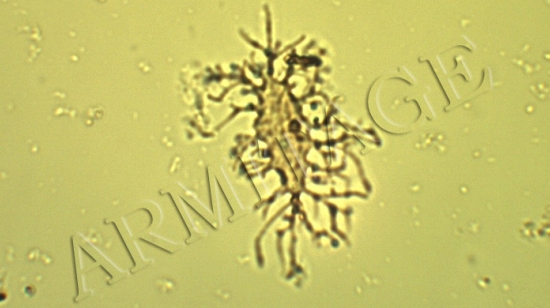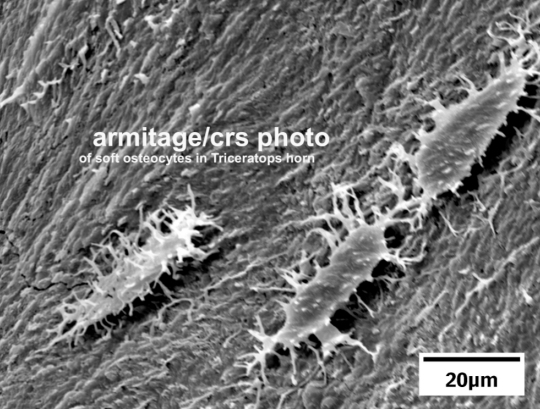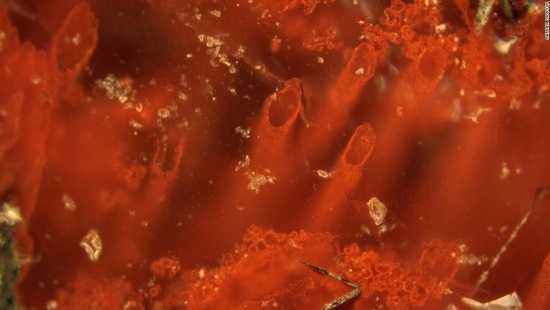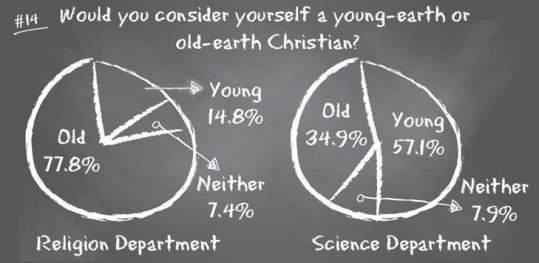
I first noted that there might be a problem with their conclusion over two years ago, when other researchers tried to duplicate their results using a more precise technique. They found small changes (significantly smaller than the Purdue group) and no indication that those changes were correlated with the distance between the earth and the sun. Since then, two more papers have been published that pretty much seal the case that the Purdue results were wrong.
The first paper comes from NIST, the National Institute of Standards and Technology. Since NIST is responsible for all sorts of standards, several of their groups monitor radioactive isotopes for extended periods of time. They are also concerned with precision, so their procedures are focused on making sure there are no outside influences acting on their experiments.
Their paper reports on the results of experiments carried out in 14 laboratories across the world. A total of 24 different radioactive isotopes were studied, including those that decay by alpha emission, beta emission, electron capture, and positron emission. Some experiments covered “only” 200 days, but others covered four decades! Eleven different experimental techniques were used. All of the experiments saw very small variations (less than one-hundredth of one percent), and none of them saw any correlation between those tiny variations and the distance between the earth and the sun. In addition, the variations were different from experiment to experiment, so the most likely explanation for them is variation in the instruments that were used.
While the NIST paper obviously makes a strong case that the Purdue results are not real, I think a more recent paper gives us the final word. The authors used the same detection technique as the Purdue researchers, but they performed the experiment in a sealed chamber that had constant pressure, humidity, and temperature. They studied five radioactive isotopes for over a year, and like the NIST teams, they saw only small variations that were not correlated with the distance between the earth and the sun. This indicates that whatever the Purdue researchers saw was related to changing weather conditions, not changing radioactive half-lives.
While it would have been exciting for radioactive half-lives to be dependent on the distance between the earth and the sun, it almost certainly isn’t the case.







